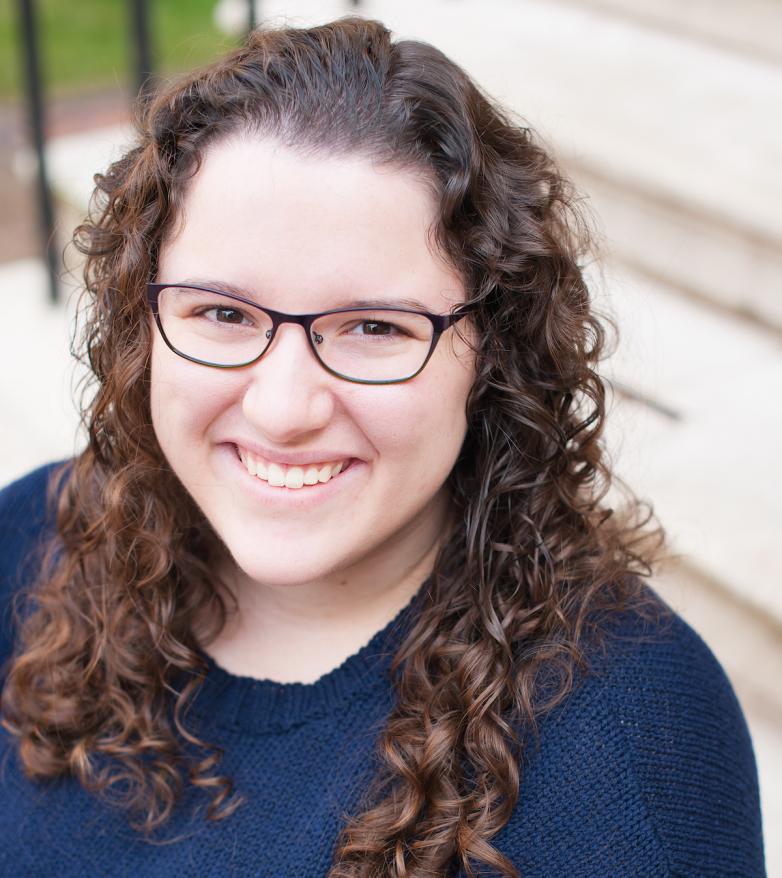How many books are in your collection?
There are twenty-two books and one postcard in my collection.
What was the first book you bought for your collection?
I can't remember which book was the first but early on I purchased a copy of Charlotte that sparked my interest in collecting books that contain evidence of readers' interactions with the text. This particular copy contains an index card written by the great granddaughter of the book's original owner tracing its descent through four generations of women. This inscription not only speaks to the enduring appeal of Charlotte but also how readers invest books with meaning that goes beyond the text. The women who owned this book used it to create a matrilineal legacy. So often, the historical record obscures the strong familial and social bonds fostered between women which is why it is so important to preserve objects that speak to these relationships.
How about the most recent book?
My most recent acquisition was a copy in which two girls or women have inscribed their names. Unfortunately this book is missing its front matter however by comparing it to another copy in my collection I was able to determine that it was printed in 1814 by a man named George Long.
And your favorite book in your collection?
Although many of the books in my collection contain inscriptions from past readers, there is one that displays the owner's name on the front cover. This copy is bound in blue leather with gold tooling; the front cover displays the name of the book's owner. I imagine that this book was part of a personalized collection belonging to a girl or woman, an assumption which prompts me to wonder what other texts she might have owned.
Best bargain you’ve found?
The best bargain I found was not actually a copy of Charlotte but instead another early American novel titled Lucinda; or the Mountain Mourner in which one of the characters discusses the plot of Charlotte. The front matter in this copy is missing but through comparison with another copy at the American Antiquarian Society I determined that it is a first edition. I was able to purchase it for $15.
How about The One that Got Away?
One time I just missed the opportunity to purchase an 1860 edition of Charlotte that transforms Susanna Rowson's moral tale into a sensational story replete with "misfortunes and painful sufferings." This edition is a perfect example of how nineteenth-century publishers sensationalized Charlotte in order to adapt the novel to modern literary tastes.
What would be the Holy Grail for your collection?
I would very much like to own the first English edition of Charlotte published in 1791 as well as the first American edition published in 1794.
Who is your favorite bookseller / bookstore?
I purchase most of my books online however my favorite bookstore would have to be the Montague Bookmill in Massachusetts. Although I haven't purchased any copies of Charlotte there, I have made some amazing discoveries.
What would you collect if you didn’t collect books?
I would collect needlework samplers made during the eighteenth and nineteenth centuries. I already own a few and would love to expand my collection. Making a sampler was an important step in a girl's education; not only did this exercise help them learn how to stitch but it also gave them an opportunity to develop their literacy skills. As such, samplers helped girls develop the skills they would need to read books like Charlotte.

















